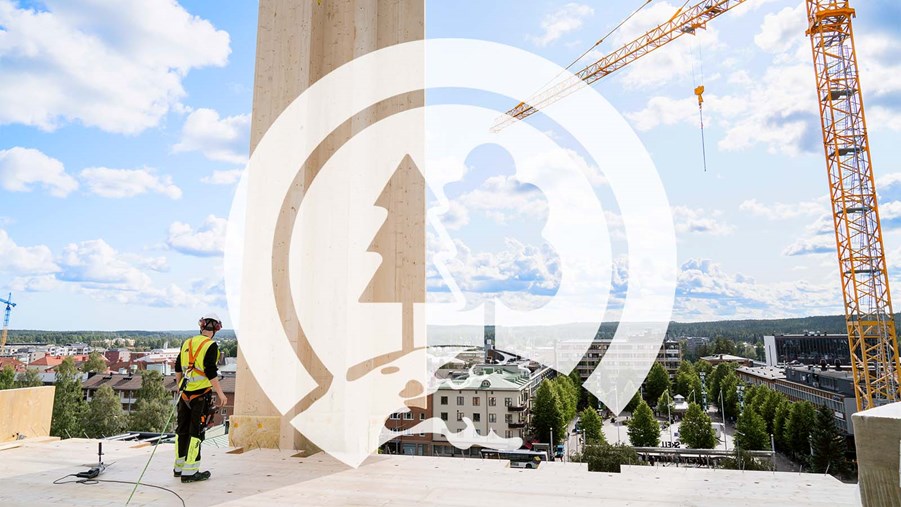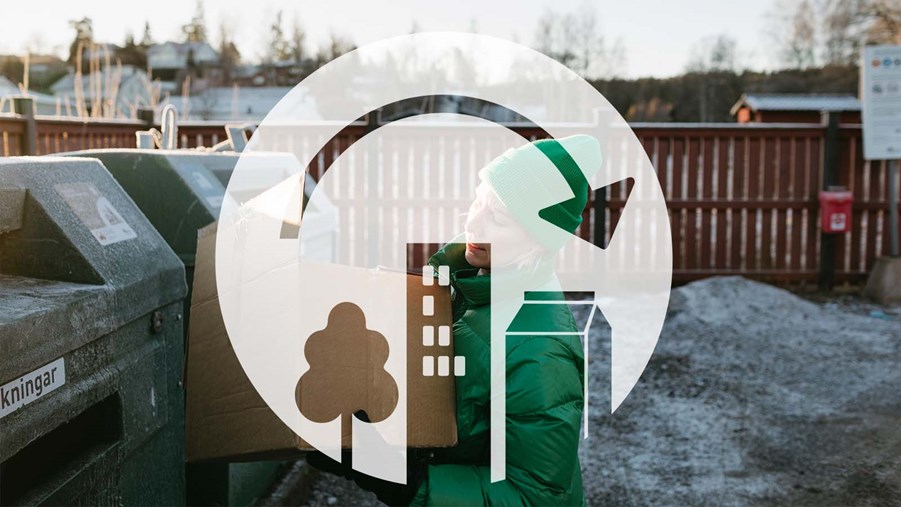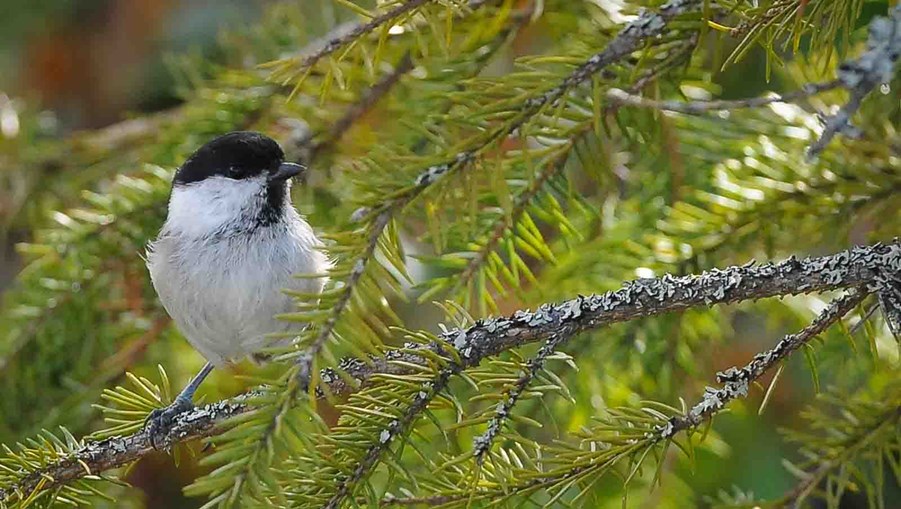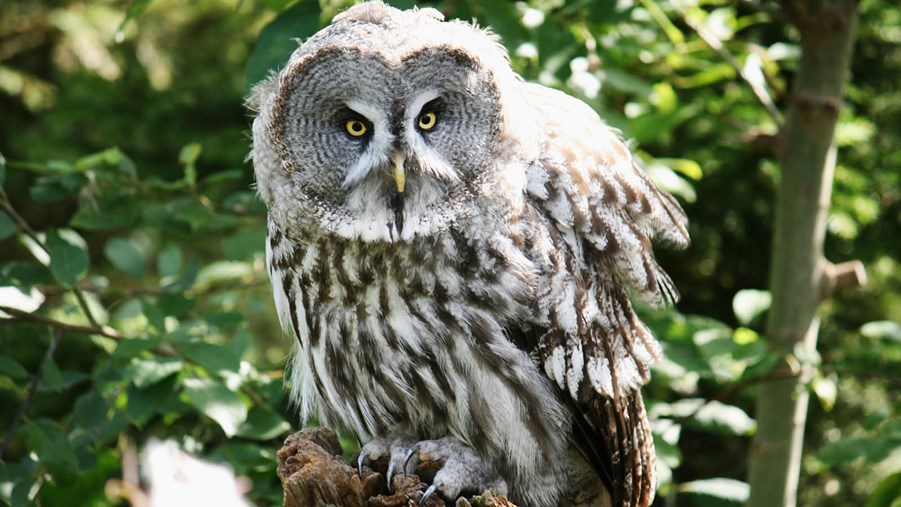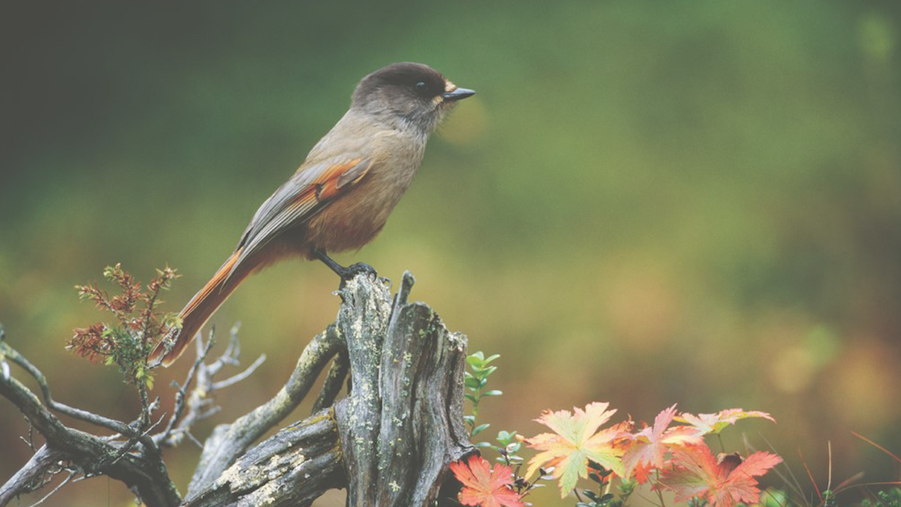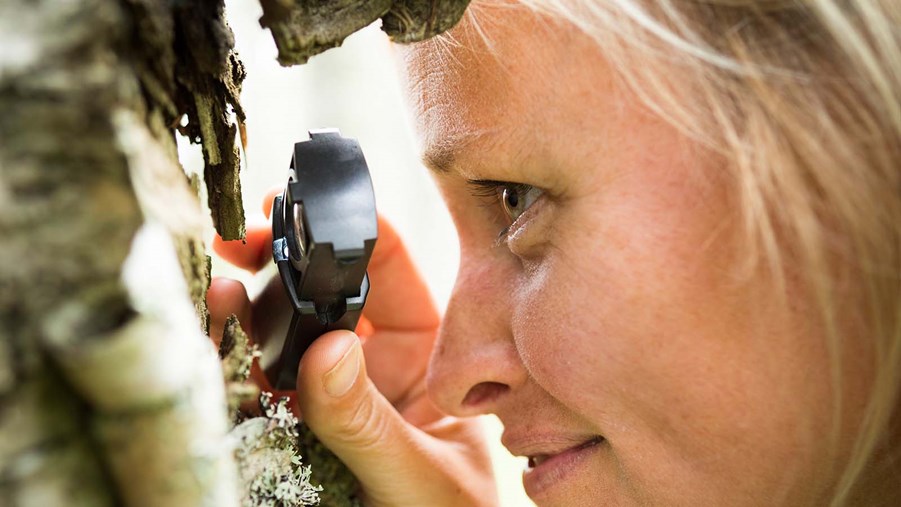
Biodiversity is necessary to have vigorous and prosperous forests that have greater resilience to climate change and more extreme weather conditions. We believe that the forest should be used in such ways that increase growth and biodiversity.
Swedish forestry has developed over time, in part due to research into farming methods. Today’s clearings are smaller, there are more deciduous trees, and the amount of dead wood is increasing. Sweden’s forest owners conduct socially, economically and environmentally sustainable forestry management based on the principle that production goals and environmental goals are equally important.
Although conditions for biodiversity are improving, there are species that struggle to remain and spread in managed forests. The Swedish forest sector works actively through research and collaborations with various actors, in its own forests and by providing advice to private forest owners, to protect and improve biodiversity. Special consideration needs to be taken with various management measures in managed forests, and we must continue to develop these efforts.
Steps along the way
More varied forestry
The natural values of the forest landscape increase when it is managed with consideration for the environment. Nature conservation-adapted tract harvesting, and other management models must continue to be developed. We will expand awareness and improve innovative measures that support biodiversity and strive for more diverse forests, by, for example, favouring the mixing of hardwoods in coniferous forests.
We will also set aside larger adjoining forest areas to enable practical trials with alternative forest management methods. Climate adaptation is an integral and important part of all our efforts.
Increased conservation management
Sweden’s forest owners voluntarily set aside the same amount of forest that is under state protection for nature conservation. These voluntary measures are necessary to ensure the conservation of endangered species. Many conservation forests require active management to preserve and enhance their natural values. Through joint efforts with authorities, landowners and non-profit actors, we work to ensure the survival of endangered species in protected and managed areas.
New measurement methods for increased knowledge
For almost 30 years, Swedish foresters have strived to achieve production and environmental goals in equal measure. Many of the structures and habitats that are important for biodiversity have increased, but more knowledge is still needed about how species respond to forestry’s nature conservation and management efforts.
Our goal is to develop measurement methods that show how biodiversity in cultivated forests in general – and threatened species in particular – improves with nature conservation and management efforts.
As a preliminary goal, we are striving for measurable improvement in the state of biodiversity in cultivated forests by 2030.
More research
How do different types of forestry and different forms of nature conservation efforts affect the survival of species? And how do different interventions affect conditions for species to spread and re-establish themselves in areas that have been harvested? These are examples of the important questions to which we currently lack answers. More knowledge is needed about how different forms of forestry affect biodiversity.
We also need research how we can sustainably increase growth in our forests, especially when using alternative management methods, and how we create viable forests in a changing climate. We will therefore take active steps to establish programmes to develop new knowledge and skills in these areas.
Key conditions
For the forest industry to fulfil its pledges, we will need help along the way. Here are several such measures that will be necessary. Together, we are shaping the future!
- Invest in research into which measures benefit biodiversity most effectively and the effects of climate change on forests and biodiversity.
- More research into how growth in forests can be increased sustainably – especially for alternative forms of management.
- Ensure that new insights from forestry research reach those who own and use forests, so that knowledge can be quickly put into practice.
- Develop and use reliable and credible measures methods to ensure that nature conservation efforts do genuine good.
- Facilitate continued and developed collaboration with other stakeholders.
- Increase understanding that trees grow slowly. It takes time to create real change in forests.
This is how we follow up on our biodiversity pledges
In addition to its own follow-ups, the industry collaborates and monitors biodiversity through the Swedish Forest Agency’s work.*
- The amount of dead wood of different tree species and sizes must increase in all areas of Sweden. The total amount of dead wood created annually must increase 25 per cent by 2028.
- The area of older deciduous forest and the area of younger deciduous forest must increase by five percent each by 2028.
- The area of old forest must increase by 10 per cent by 2028.
- Alternative methods of use will continue to be developed.
Evaluation of how we perform on our pledges is made easier through co operation with the Swedish Forest Agency and using their existing process.
*The Swedish Forest Agency’s work and activities apply to a number of different areas. Some activities have a clear link to environmental issues during felling and other forestry activities, while others relate to overall aspects such as variations in forest and wildlife management. Read more about the Swedish Forest Agency's work on their webpage.

